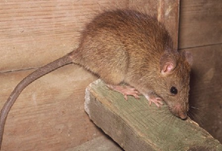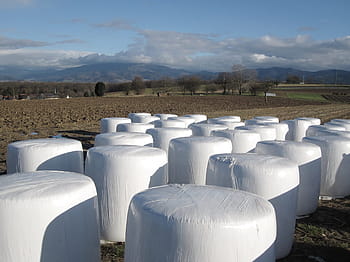The global wire and cable market is projected to reach USD 235.9 billion by 2026. However, with escalating demand, these cables possess some major threats. Pest attacks are one of them. The pests unaware of the use of cables indiscriminately feed on them. By gnawing through the wires and cables they can cause fires.
Aerial, surface and underground cables and wires have all been damaged by rodents and insects. Electrical insulation of the electric wiring systems in buildings and vehicles has been severely damaged resulting in fire hazards. The growing volume of online stories about rodents chewing up the expensive wiring harness that keep the cars running is an issue of concern. The biological attack on insulated electrical cable is potentially severe at military installations, railway and transit cables, overhead cables, and data transmission. The complaints about power outages due to pest attack on cables have always been on a peak.
Not only rodents but also the insects are equally responsible for causing damage to the cables and wires. The insect larvae frequently burrow into the insulation of above-ground cables feeding on the cellulose material present in the insulation leaving the cable sheaths pocketed and pitted with neatly bored holes and depressions. Aggressive species of termites can cause damage to cables at depths of up to ten feet. Also, the ants destroy the electric wiring unfazed by conventional pesticides.
When the conventional methods employed to reduce this pest menace have proved to be ineffective, an efficient and durable solution is the need of the hour. At C Tech Corporation we have a unique and eco-friendly solution to prevent a wide variety of pests from attacking the wires and cables. Our globally patented and trademarked products, namely Rodrepel™, Termirepel™, and Combirepel™ are polymer additives that are extremely low toxic, extremely low hazard, and are not harmful to the environment. Our products work on the mechanism of repellence: they do not kill, they just repel the pests. Our products in the form of masterbatches can be incorporated in the cables while they are extruded, thus making the cables pest repellent. Such cables can be a unique solution, consequently being long-lasting and pest repulsive.
Apart from the masterbatches, these products are available in the form of lacquer and spray; lacquer can be directly applied on the installed cables while the sprays can be sprayed on the wires and cables to protect them from pest damages.
Contact us at technical.marketing@ctechcorporation.com if you’re facing problems with rodents and get the best remedies to combat this menace.
Also, visit our websites:
http://www.ctechcorporation.com/
http://www.rodrepel.com/
http://www.termirepel.com/
http://www.combirepel.com/
Follow our Facebook pages at:
1] https://www.facebook.com/Combirepel-411710912249274/
2] https://www.facebook.com/Termirepel-104225413091251/
3] https://www.facebook.com/Rodrepel-120734974768048/
Follow us on our Twitter pages at:
1] https://twitter.com/rodrepel
2] https://twitter.com/termirepel
3] https://twitter.com/combirepel





